For the 4th of July weekend in 2023, NASCAR will blaze a new trail and embark on an endeavor yet to be seen amongst its highest stock car racing ranks. While street racing has a healthy history in the United States and abroad, NASCAR has failed to cross the rubicon and set up a purpose built temporary race track in a major metropolitan area. With the addition of “The Loop 121” for the Xfinity series and the “Grant Park 220” for the Cup series, the city of Chicago will host a historic race weekend putting America’s most popular form of motorsport against an urban setting.
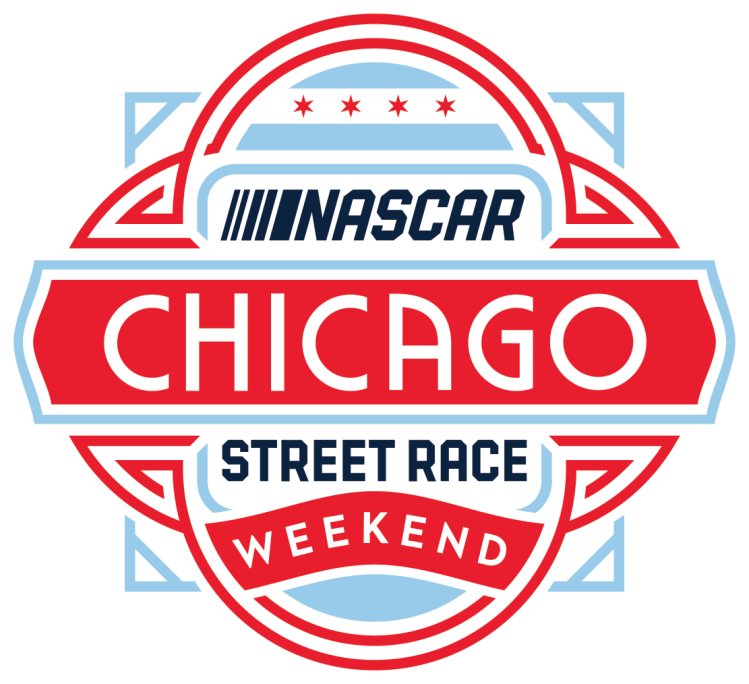
Temporary street racing, while popular in some of the world’s most notable cities, is often met with headaches. Disrupted traffic, economic uncertainties, everything up to and including major government corruption has been a topic at city courses over the years, and naturally the NASCAR Chicago project has been met with some familiar resistance. As we look forward to the racing events this weekend, Max Corcoran spent time in the Windy City on location to look at the transformation of the race course and speak with locals in the community to gauge their enthusiasm or dismay for the already infamous occasion.
By: Max Corcoran
This week, I visited the Windy City of Chicago, Illinois. A city home to historic sports teams, deep-dish pizza, and for the first time ever, a NASCAR street course race.
In July 2022, former Chicago Mayor Lori Lightfoot announced, in conjunction with the higher-ups from NASCAR, that a three-year plan was in place to put stock car racing’s greatest on a tight, 12-turn road course in Grant Park in downtown Chicago.
With less than 10 days before the on-track activity was scheduled to begin, crews were already hard at work setting up the two-mile circuit.
Driving into the city that Friday, I was greeted by a large temporary grandstand setup on the straightaway at South Michigan Boulevard, providing views of turns 10 and 11.
Just down the street and to the right, on East Jackson Drive, was the final full straightaway on the circuit, off turn 11 and leading into turn 12, the final turn. The McDonald’s branded jersey barriers were already set up, as was the catch fence.
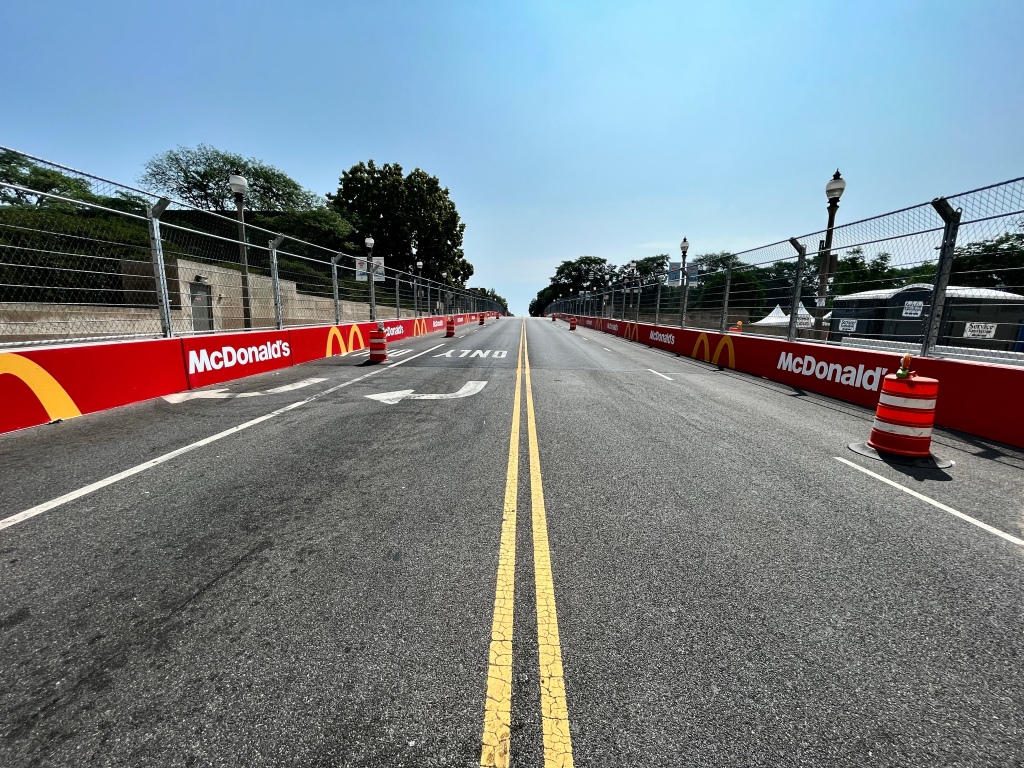
The lanes immediately next to these temporary concrete walls were closed, but the rest of the road remained open.
On Saturday, the Xfinity branding on the curve along East Congress Plaza Drive was up, replacing the previously bare concrete barriers. Again, the road immediately next to the barriers was closed, but the rest remained open.
It was around this time that the initial idea for this article popped into my head; how do the residents of the greater Chicagoland area feel about this event moving into their city?
I got my first taste of an opinion on the matter early Saturday morning while sitting shotgun in an Uber. When the topic of the race came up, the driver was not shy of his opinion, saying that the race “was not the way to get Chicago on a national stage.”
Later that evening, while having dinner with a friend who lives in the area, the subject surfaced again.
“Our roads are not built for NASCAR,” he’d said, which reminded me of the earlier driver as he had made a mention of the lesser-quality roads in the area.
The following day, following a riverboat tour, I found the guide and asked him for his take, which he kindly gave. “I don’t like it…it’s disruptive,” he said.
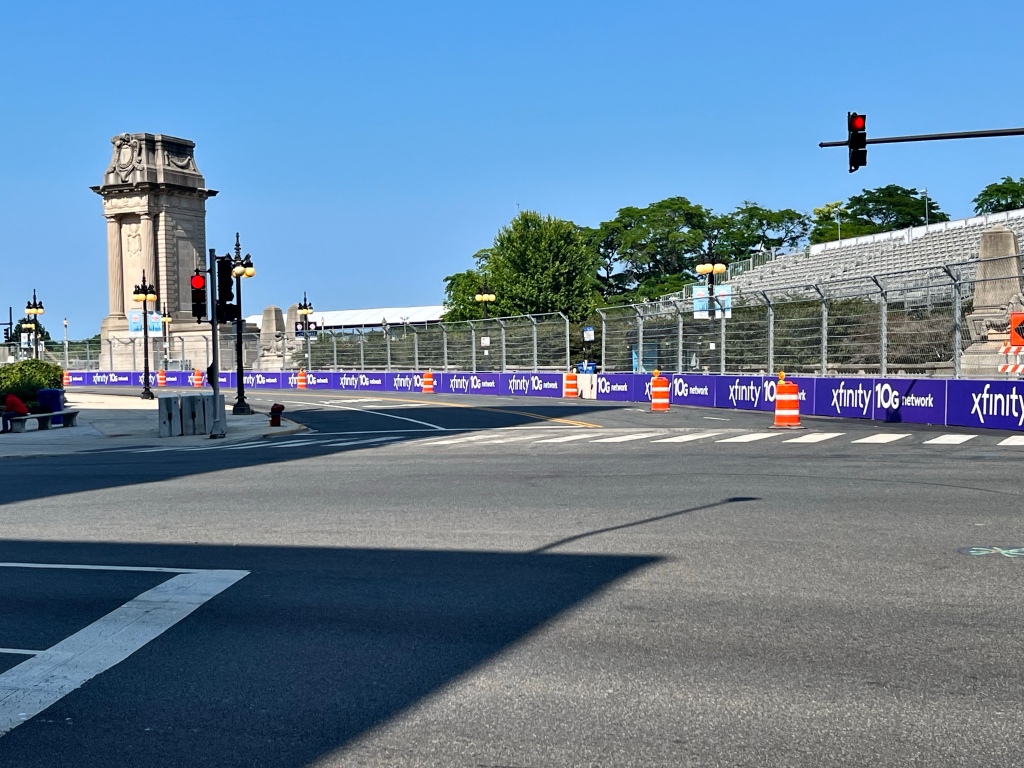
The Uber driver from the previous day had mentioned his frustrations on how the roads were being closed almost a week and a half in advance, to which the tour guide agreed; “it’s been such a pain for us.”
The common theme I noticed among the people was placing the blame and frustrations on former Chicago mayor Lori Lightfoot. Within the theme were two theories: Lightfoot did it to save herself and possibly give herself another term, or Lightfoot did it knowing she was going to lose so she took on an ambitious project and left it for the next mayor to take care of.
Lightfoot, in conjunction with executives at NASCAR, announced a three-year deal to bring NASCAR to the streets of Chicago, beginning in 2023.
This announcement was immediately met with criticism from other officials in Chicago, especially since City Council never signed off on the event, and any attempt at a hearing was blocked by the Mayor.
In an interview with the Chicago Sun Times, Alderman Gilbert Villegas “said the mayor’s office has refused to meet with Council members, give them the contract or even provide an ‘in-depth briefing’ about the race.”
In addition, Alderman Brendan Reilly, who met with Mayor Lightfoot less than a day before the NASCAR announcement, said “There was absolutely zero transparency, whatsoever,” (Chicago Sun Times).

Adding to the frustrations, the setup and subsequent dismantling of the course will last for weeks before and after the event, affecting access to other local attractions like the Art Institute of Chicago or the Shedd Aquarium, both of which have streets leading to them that are closed or otherwise disrupted for the race.
NASCAR is paying multiple fees to the city and is promising at least $100 million in revenue to the city. Mayor Lightfoot is comparing the anticipated successes to Lollapalooza which is an annual, multi-day music festival in Grant Park, the same park hosting the NASCAR street race.
Another event hosted by the city in Grant Park is the “Taste of Chicago” festival, held annually on the Fourth of July weekend.
That said, when the NASCAR race was announced to fill the coveted July 4th slot on the calendar, some feathers were ruffled.
“I don’t know how, what happened, why they decided to move the date, bring NASCAR in before Taste, [but] it was a major mistake,” said Taste vendor Charlie Robinson in an interview with ABC7 Chicago.
While there are many negative takes on the event, some have a more positive outlook on the event, such as ARCA driver Brayton Laster, who will be enjoying the action this weekend as a spectator.
“I think it’s definitely an interesting approach,” Laster said in a statement to TheSlowRestart. “I like to see NASCAR is at least trying to do cool stuff and appease the fans and drivers,” he added.
Parker Kligerman released a statement on Twitter via his team (Big Machine Racing) page, “This Chicago Street Course is one of the most exciting events in NASCAR history.”
F1 legend Jenson Button (who is competing in the Chicago Cup race), NASCAR Hall of Fame nominee Carl Edwards, and current Cup driver Ryan Blaney have all spoken praises of the event and NASCAR’s ability to try something new.
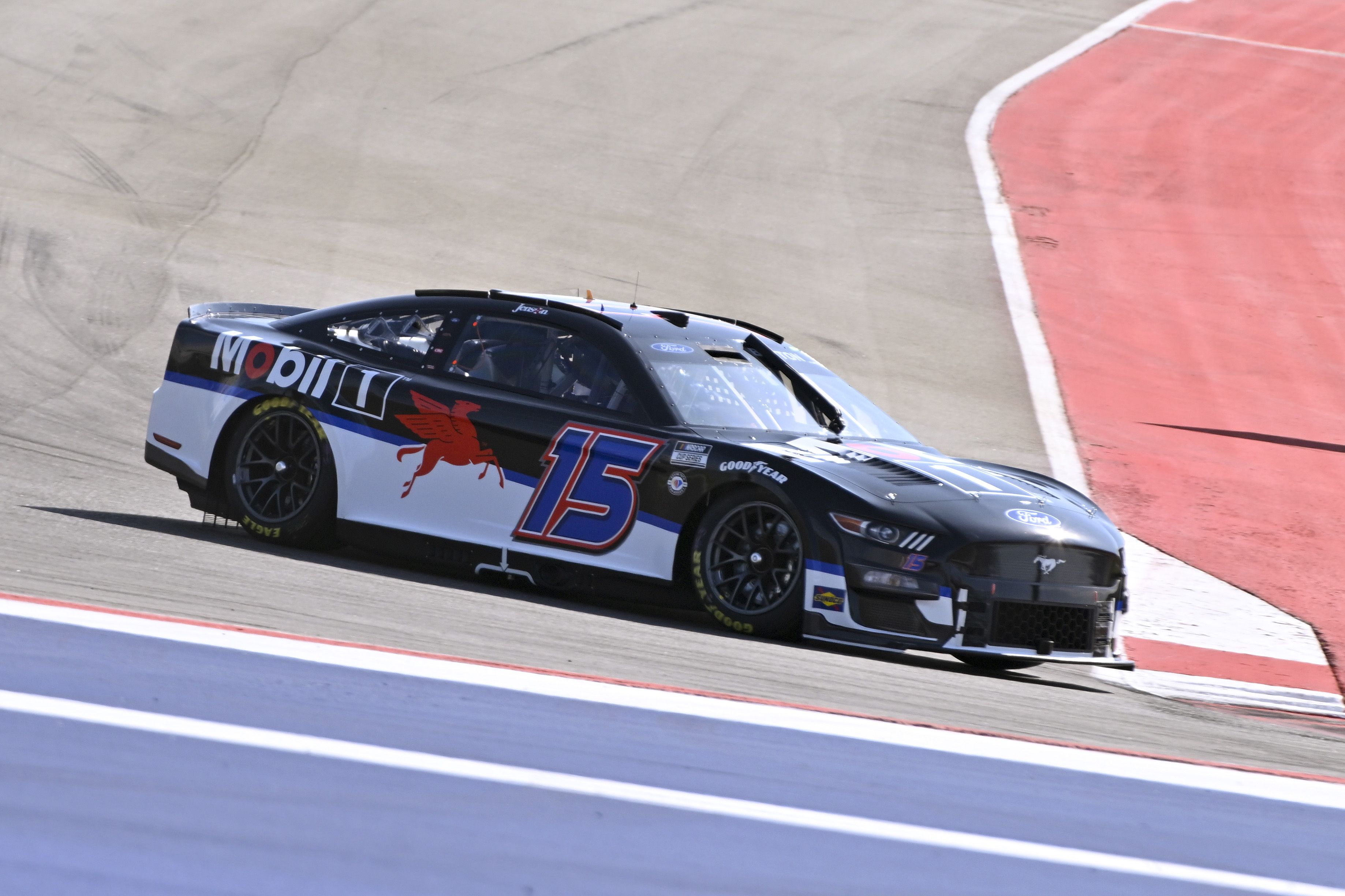
Online, fans’ opinion is still split, seemingly down the middle. Some remain firmly against the idea altogether, while some think it is worth a shot.
Some are beginning to warm up to the idea a little more as we approach race day. Some are on board but think a different venue would suffice.
Which brings up the point: NASCAR has been in the Chicago market before, and recently too. From 2001-2019, the Chicagoland Speedway, a mile-and-a-half oval in Joliet, Illinois hosted NASCAR Cup Series races.
Yet, Joliet is almost an hour southwest of downtown Chicago. Racing is a huge draw in the Midwest, with the Indy 500, Knoxville Nationals, as well as various NASCAR races spread throughout the region.
The main difference in this situation is introducing NASCAR to the urban environment, a move we saw recently with the Busch Clash moving to the Los Angeles Memorial Coliseum, where a reported 70% of spectators were attending their first NASCAR event.

NASCAR is looking for a similar effect as they take over the urban environment of downtown Chicago.
“The level of excitement that I have seen from people…I think is off the charts,” Lightfoot said in an interview with WGN, further describing the residents of her city as “closeted NASCAR fans”.
Although the overarching opinions of people in Chicago seem a little bit on the negative side, there are some out there that will embrace the event. In my opinion, some better planning and better transparency from the former Mayor would ease the nerves and boost the attitude towards the event by residents.
As for me, getting to see the track come together was cool, and watching buses, taxis, and regular people drive on a NASCAR track was definitely something a little different.

As one who’s always open to trying new things, I’m excited for this race. Although controversial, disruptive, and unnecessary are all words that come to mind when thinking of the race, the best way to measure its success is by the on-track product brought out this weekend.
Follow Max on Twitter for more racing content
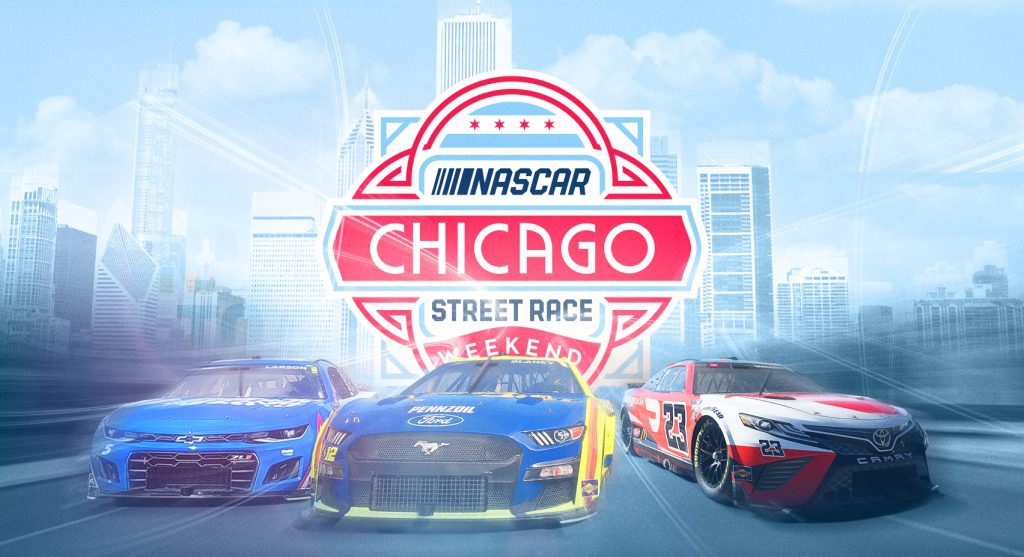
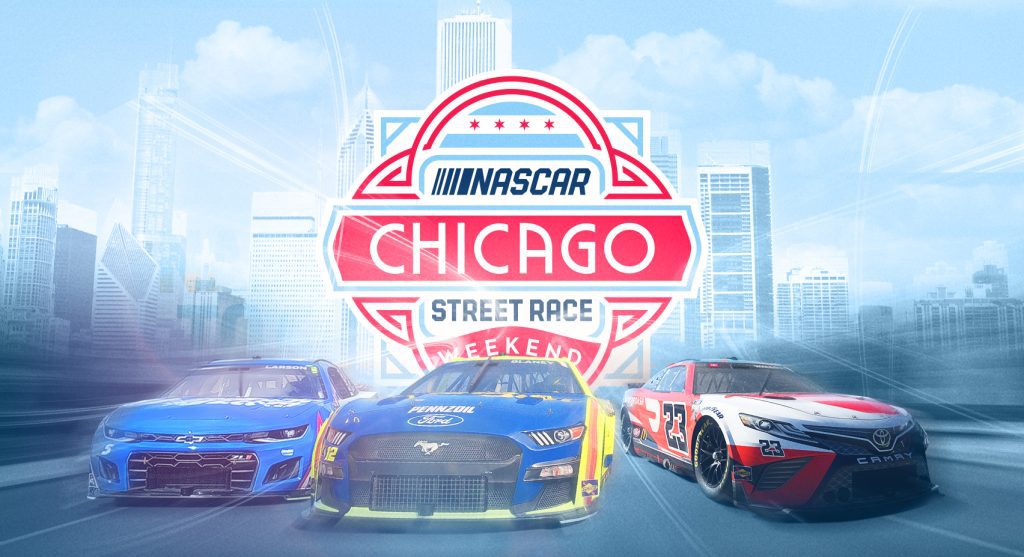
2 thoughts on “The Rocky Roads of Chicago: NASCAR’s Street Course Stunt”